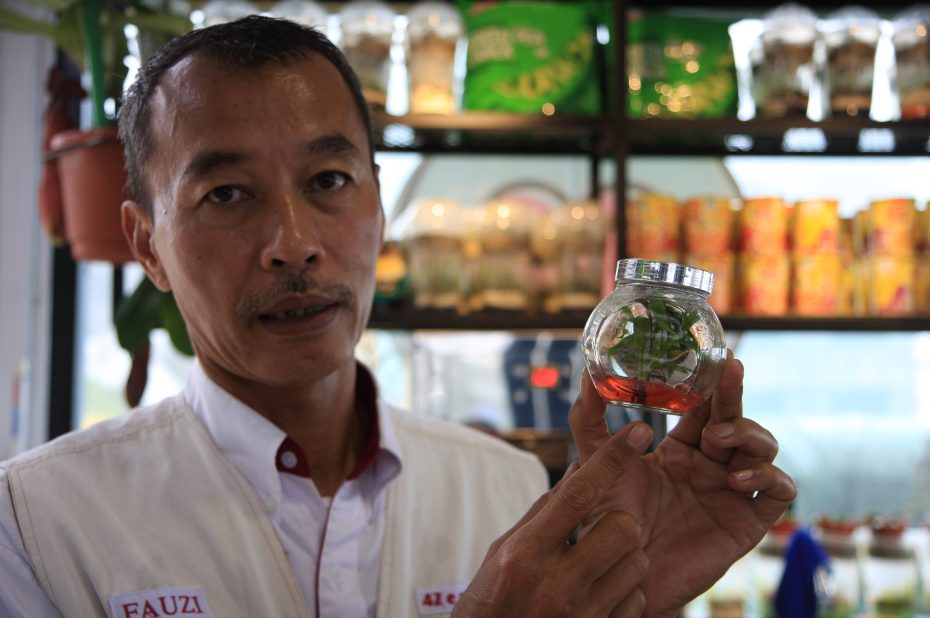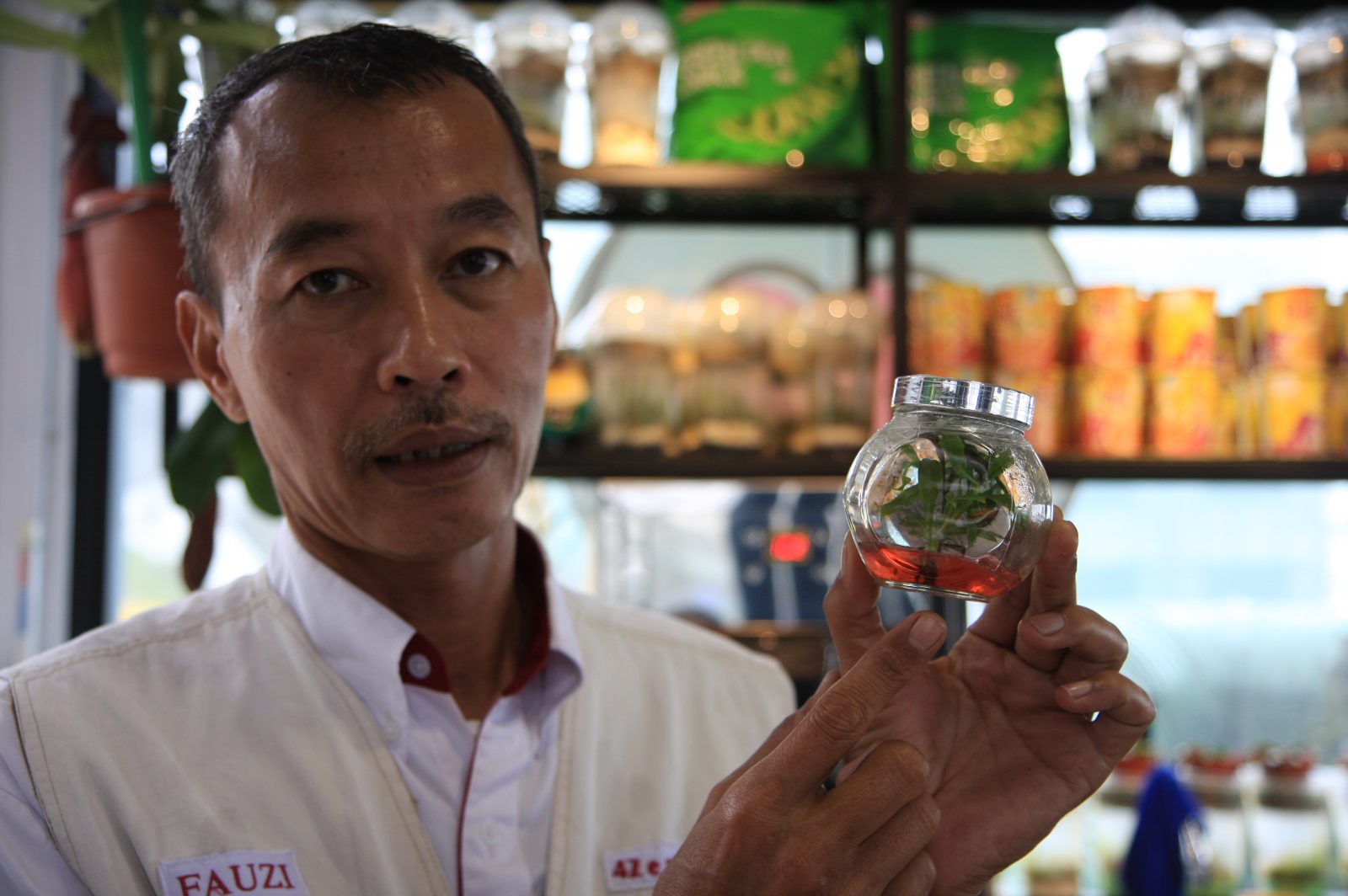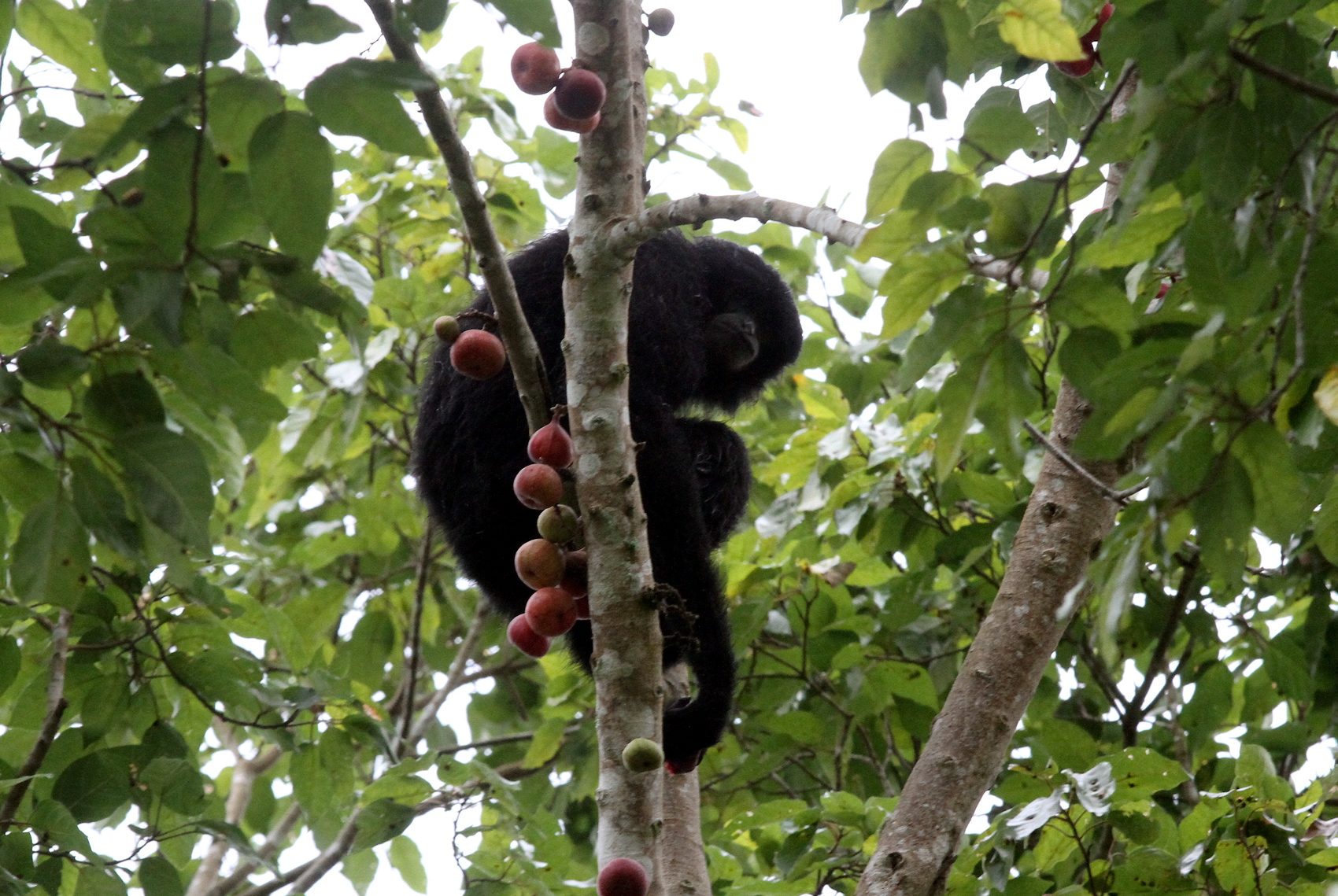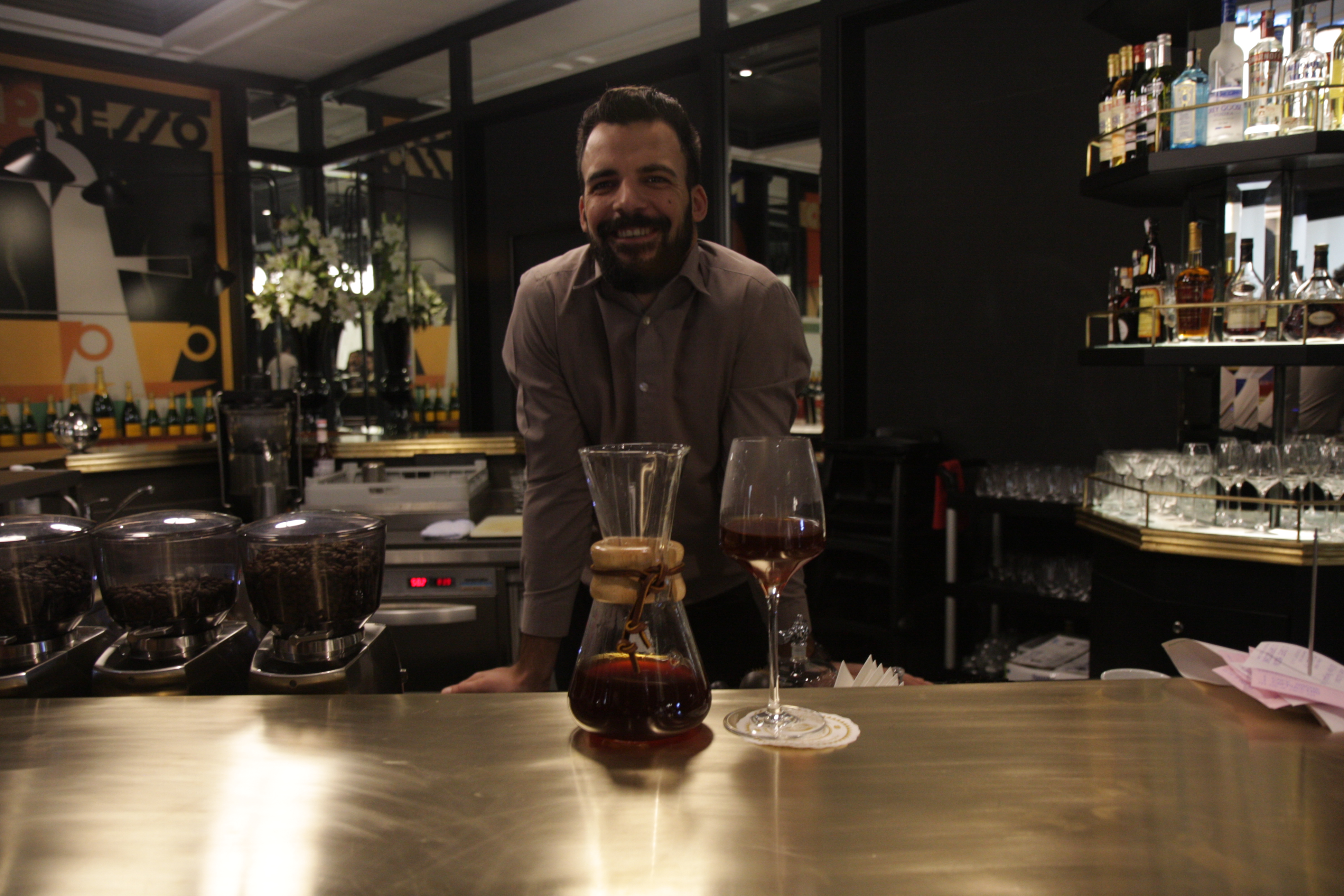IN 2005, Mohd Fauzi Abu Bakar did something behind his wife’s back; he quit his job as head of corporate sales at a bank to pursue his “obsession” with – wait for it – carnivorous pitcher plants.
“Most friends, almost 80%, said I’m crazy for leaving my day job for this, but I’m satisfied,” the 50-year-old said cheerfully.
His passion was sparked back in 2000 when he bought his very first pitcher plant from a wet market. When it died, one might think his passion would, too, but it only flourished.
He went on and bought another one but while it survived, it didn’t grow any pitchers.
“There’s no point in a pitcher plant that doesn’t have pitchers!” he said. “They just look like weeds!”
Undeterred, Mohd Fauzi was determined to successfully cultivate his plants.
However, there wasn’t much information on pitcher plants available on the Internet. So he went to Sarawak to visit the only company cultivating the plants at the time – Malesiana Tropicals.
Unfortunately for him, they were still in the middle of a trial-and-error type cultivation, which meant they were just as clueless as he was.
Three years and RM20,000 later, his first plant bore, well, pitchers. But for Mohd Fauzi, it was a bittersweet moment.
“I felt very… aiya,” he said, remembering his frustration. “All it needed were netting, sunlight, water, and the proper amount of humidity. But I had already spent RM20,000 on a greenhouse!”
With his first success, he felt emboldened to quit his job and start his own nursery, 4ZE Plants, in Ampang, Selangor, which now houses 80 of the 170 known pitcher plant species in the world.
He spends most of his time there, surrounded by the plants he loves.
Sometimes, when I can’t sleep at night, I go there and just look at them.
But the opportunity for him to work with pitcher plants on a larger scale soon knocked on his door.
Naturalist Eddie Chan, who works with Resorts World Genting to conserve Genting Highlands’ rainforests, came to him with a problem: the pitcher plants in the area were facing extinction, and only Mohd Fauzi had the necessary skills to save them.
Now, whenever land is cleared for construction purposes in Genting Highlands, Mohd Fauzi will save the wild pitcher plants in the affected area, bringing them to a conservatory he and Chan had set up near the Genting Theme Park Hotel.
These plants are usually the Nepenthes sanguinea, Nepenthes ramispina, and Nepenthes macfarlanei species, all of which are classified as endangered, and usually found in sloping areas.
There, he either replants them along a 40ft railing provided by the management, or another 40ft display wall, both located in the English Garden near their conservatory.

Tissue culture is one of the methods used to cultivate pitcher plants, as shown here by Mohd Fauzi.
Mohd Fauzi has also been working to grow baby pitcher plants from the seeds of existing plants.
To do this, he plants them in what he calls the “poor man’s bio-dome”, which consists of a plastic bottle filled with soil, with moss laid on top to control the humidity.
He also grows young shoots through tissue culture, which involves placing a young shoot into a sterile bottle containing agar.
Despite his efforts, he is aware that he cannot save every last pitcher plant, as some die under his care from diseases, as well.
You just have to move on and not think about it. If you don’t, you won’t be able to get on with your work.
While he finds his work extremely rewarding, he said it isn’t easy for everybody.
“It’s a unique plant for unique people,” he said. “One of my friends quit pitcher plants after two years, and started growing ginger instead!”
But all that being said, the ex-banker is more than happy he made the switch.
“Now, I don’t earn very much. I may not earn much in the future, either. But I’m happy and satisfied with my life,” he said with a smile.





Tell us what you think!